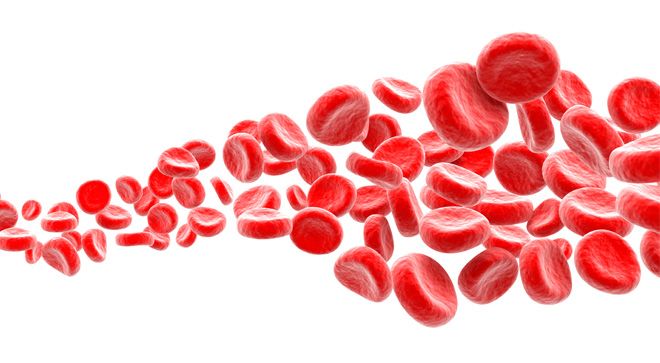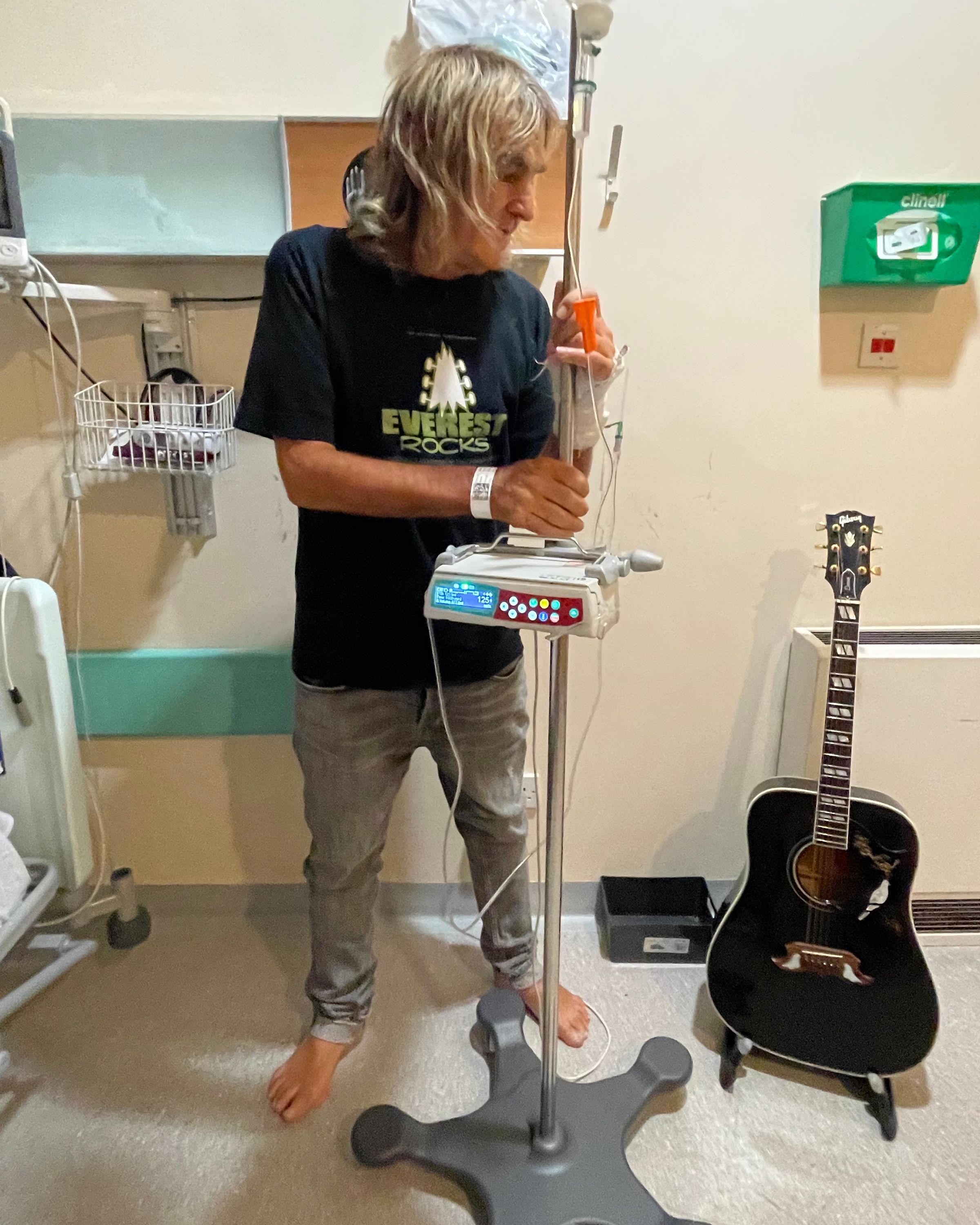Article
Rescue Therapy with Bendamustine and Other Agents May Result in High Response Rates in Relapsed or Refractory NHL
Author(s):
This combined treatment, which includes bendamustine, ofatumumab, carboplatin and etoposide, may serve as an effective bridge to stem cell transplantation.
Salvage chemotherapy, or treatment for cancer nonresponsive to other chemotherapy regimens, with bendamustine, ofatumumab, carboplatin and etoposide in patients with relapsed or refractory aggressive B-cell non-Hodgkin lymphoma (NHL) served as a safe and effective regimen to bridge patients to stem cell transplantation.
“The patients with relapsed large cell lymphomas, at the time the trial was written, in terms of the treatment options, the standard of care in these patients would receive salvage chemotherapy and then proceed to a transplant afterwards, but there were areas to improve upon because there was a need for an outpatient salvage regimen because a lot of the other regimens were still being done in the hospital,” said Dr. Sameh Gaballa, assistant member in the department of malignant hematology at the Moffitt Cancer Center in Tampa, Florida, in an interview with CURE®. “Since this trial was conducted, there’s another regimen that was also approved in the outpatient setting, so this basically adds to our treatment options with chemotherapy options that can be done in the outpatient setting in patients where lymphoma has come back.”
Aggressive salvage treatments commonly used in these patients are often administered in an inpatient or outpatient setting. A more ideal regimen, according to the study authors, would be administered in an outpatient setting, provide a favorable toxicity profile and high disease response rate and offer an alternative to CD20-targeted therapy, which focuses on a protein on the surface of B cells that also be found in bone marrow.
In this phase 1/2 study, 35 patients (median age, 62 years; 15 women) with relapsed or refractory aggressive B-cell NHL were treated with a salvage chemotherapy regimen including bendamustine, ofatumumab, carboplatin and etoposide. In particular, 57% of patients had de novo large cell or grade 3B follicular lymphoma, 26% had transformed de novo large cell lymphoma, 9% had grade 3A follicular lymphoma and 3% had mantle cell lymphoma.
The first cycle of this treatment was administered in an inpatient setting to monitor for infusion-related reactions. If toxicities of grade 3 or higher did not occur, which included severe, life-threatening events, subsequent cycles were given in an outpatient setting.
The primary objective of this study was to assess the tolerability and safety of this regimen and to determine its overall response rate (ORR). In addition, secondary end points included overall survival (OS), progression-free survival (PFS), duration of response and the number of patients who advanced to stem cell transplantation. Follow-up was conducted for a median of 24.1 months.
The ORR in all patients was 69%, with 49% of patients having a complete response and 20% of patients having a partial response. When patients with de novo large cell lymphoma and grade 3B follicular lymphoma were assessed, the ORR was 70%, with 50% of patients having a complete response and 20% of patients having a partial response.
Patients in the study had a median PFS of 5.1 months and OS of 26.2 months. Twelve patients moved on to undergo stem cell transplantation.
“In terms of adding bendamustine to a regimen, it showed that there were no problems with proceeding with these patients with stem cell collection and stem cell transplant afterwards, because there was a previous concern that a bendamustine-based regimen might influence the ability to collect stem cells afterwards for transplant,” said Gaballa. “Our study shows that you can proceed with a stem cell transplant and stem cell collection after a bendamustine-based regimen.”
The most common grade 3-4 nonhematologic toxicities, or those not related to cancer originating in the bone marrow or blood, included hypophosphatemia and neutropenic fever. Hypophosphatemia refers to an electrolyte disorder resulting from low phosphate levels in blood, whereas neutropenic fever occurs when a patient has a temperature of 100.4° F or greater while having low counts of a type of white blood cell called neutrophil.
“With the health care costs going astronomically high, having an outpatient regimen for a patient I think is very important because it really cuts down on the health care costs, but at the same time, you don’t want to do it and compromise the effectiveness of the treatment,” said Gaballa. “So having similar or maybe better effectiveness of any regimen to be done in the outpatient setting, I think this is definitely a plus, and that it’s more convenient for the patients.”
For more news on cancer updates, research and education, don’t forget to subscribe to CURE®’s newsletters here.




